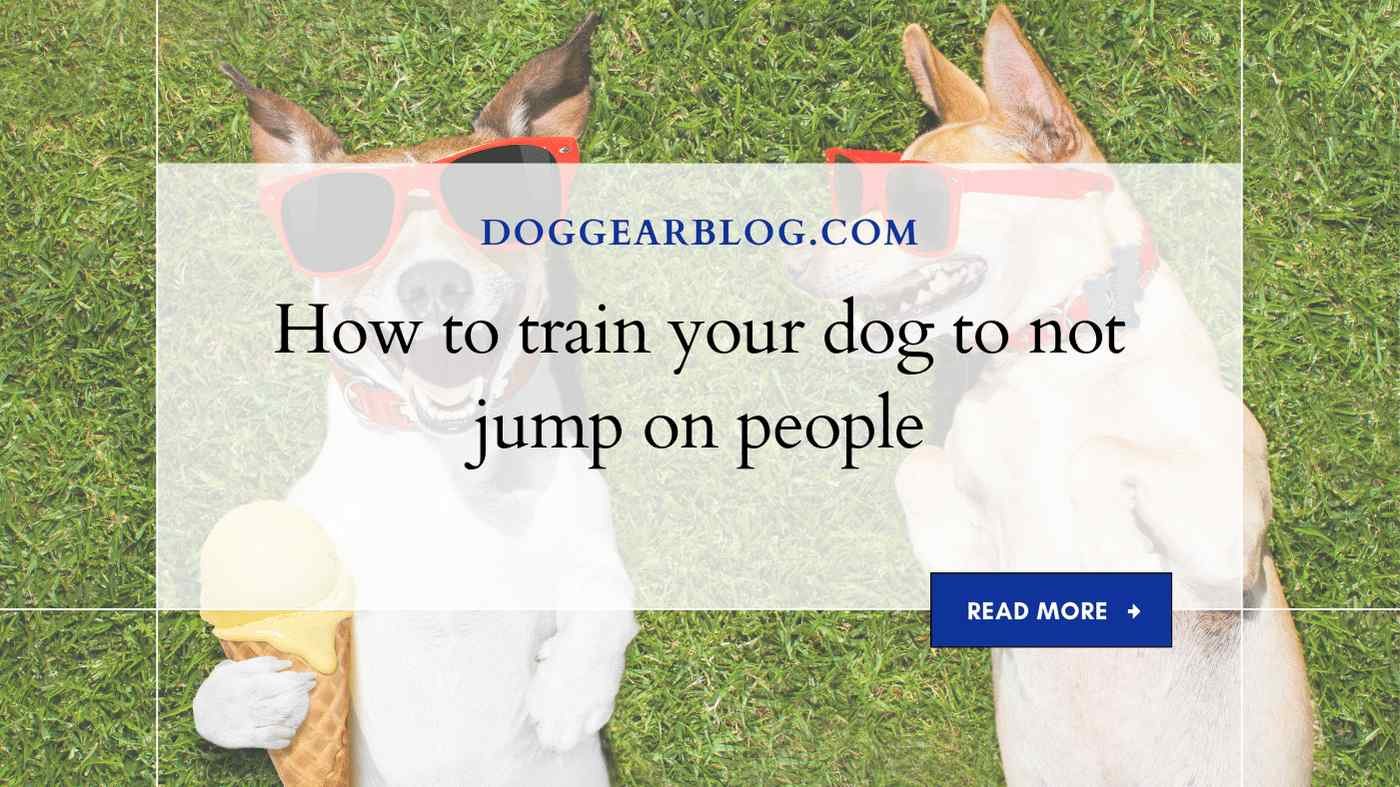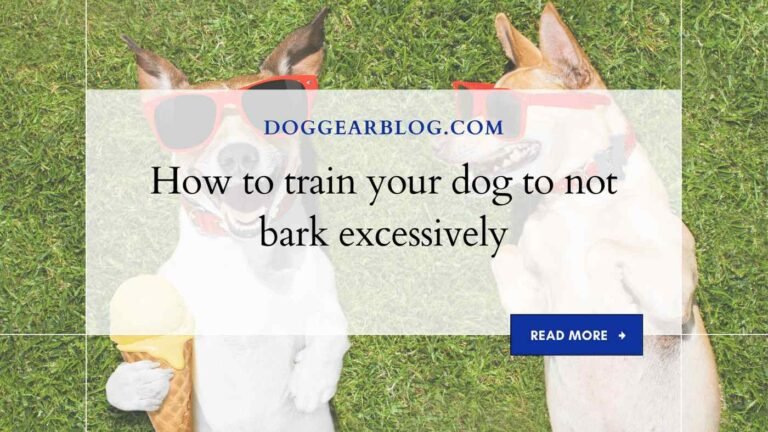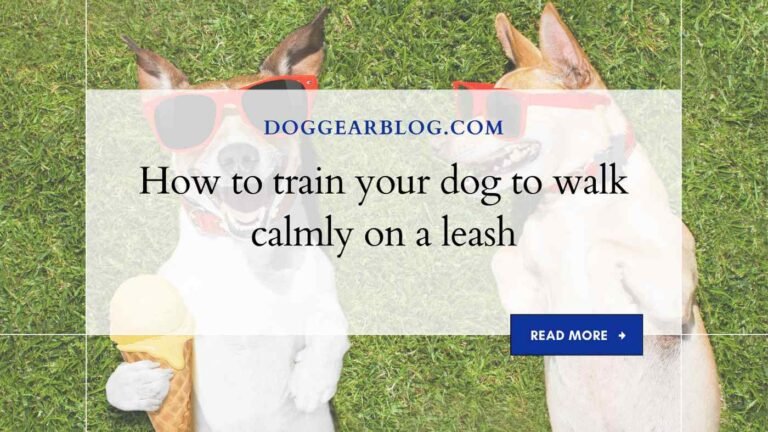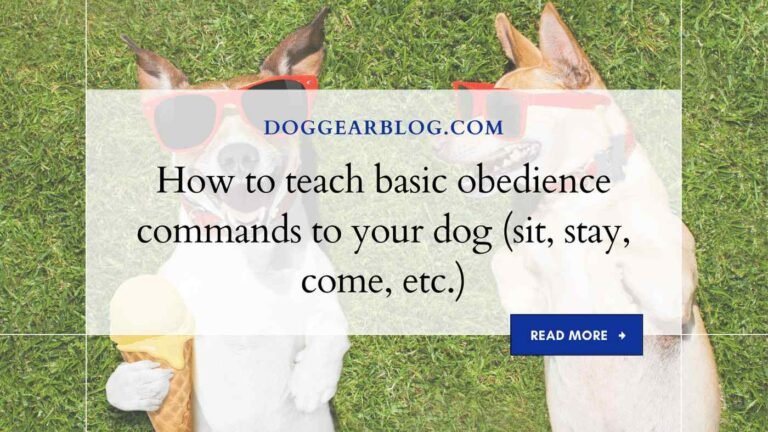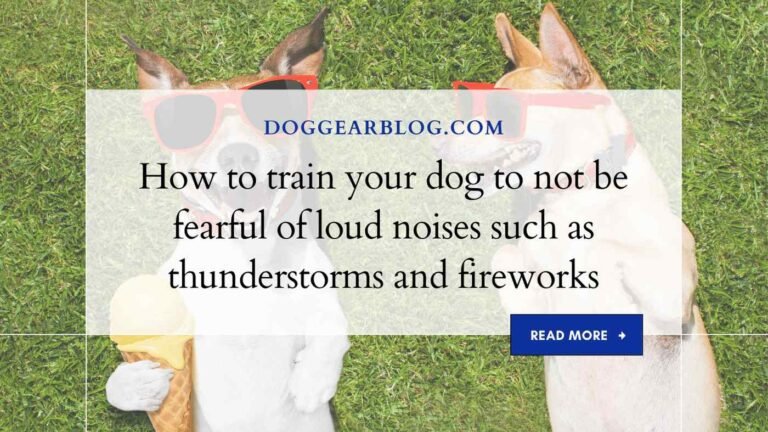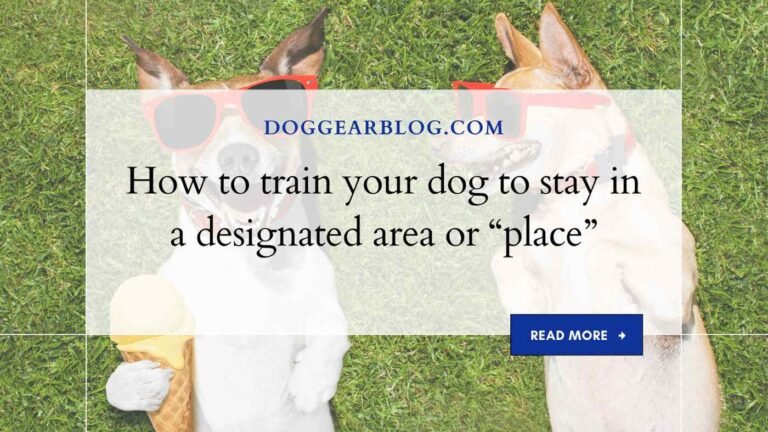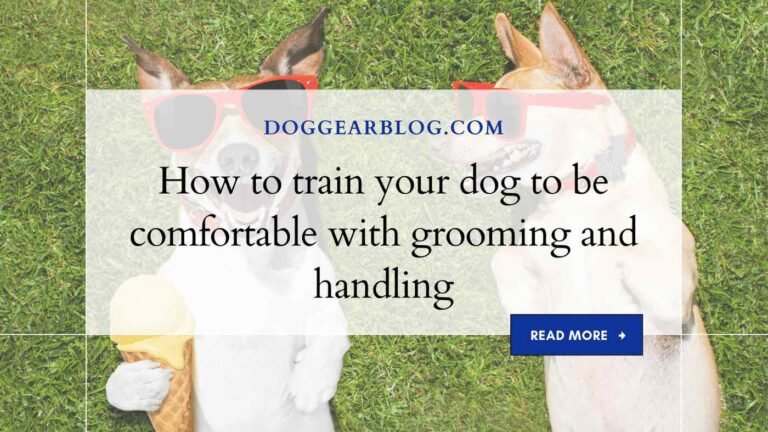How to train your dog to not jump on people
Are you tired of your furry little friend constantly jumping up on guests when they walk through the door? Does it seem like no matter how much you scold them, they just can’t seem to break the habit? Well, fear not pup parents!
In this blog post, we’re going to discuss effective and humane techniques for training your dog to keep all four paws on the ground. From understanding why dogs jump in the first place to step-by-step instructions, we’ve got everything you need to know about teaching your furry companion proper manners. So grab a treat bag and get ready to say goodbye to those embarrassing moments at family gatherings once and for all!
Introduction
Starting training your dog when they are puppies is always a great idea as it will help to create good habits and personality traits that can last throughout their lifetime. While there are many different methods you can use, one basic approach is to establish and reinforce rules that your dog is expected to obey. This article provides tips on how to train your dog not to jump on people, using specific examples of common situations where jumping may occur. By following these guidelines, you can help create a partnership in which both you and your pet learn how to coexist peacefully.
When training your dog not to jump on people, it is important to establish rules early on and reinforce them. Rules should cover situations where jumping may occur, such as when guests are coming over or when someone is entering the home. It is also helpful to be consistent in enforcing these rules, so that your pet understands what behavior is expected. Whenever possible, try to create positive reinforcement for good behavior and punishment for bad behavior. This will help to ensure that your dog learns the lesson that jumping is not a desirable behavior.
What is Jumping?
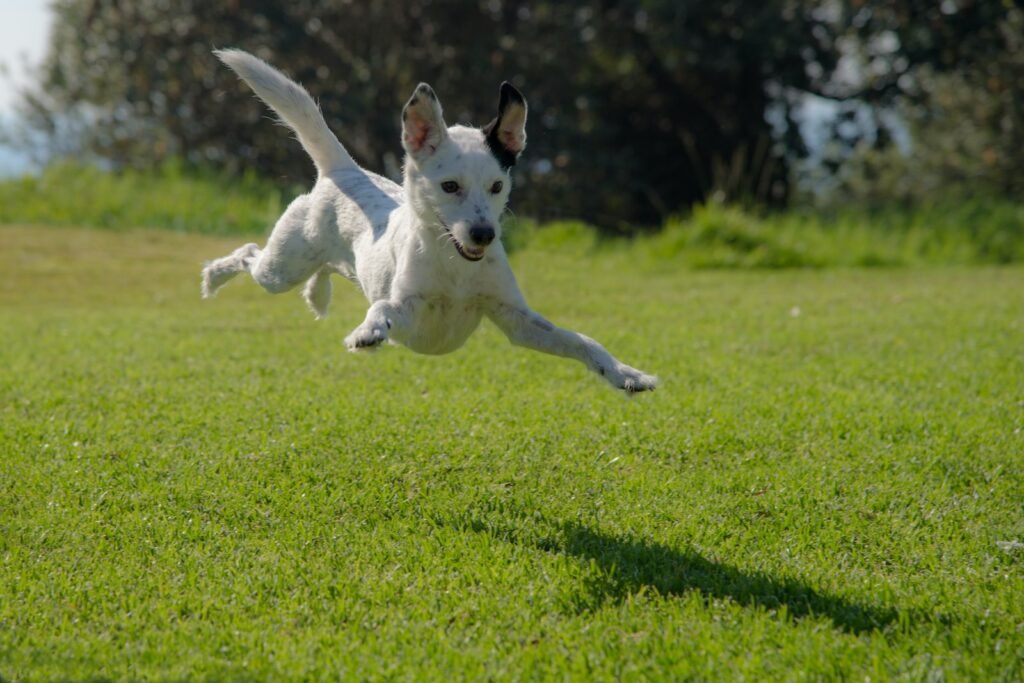
Jumping is a common behavior in dogs that can be problematic. It’s often seen as a sign of excitement or playfulness, but if done improperly can lead to unwanted contact with people or other animals.
There are a few things you can do to ensure your dog doesn’t jump on people:
Train your dog from jumping early and often. Start by rewarding them when they stay below waist height and stop jumping on people. If your dog jumps on you, immediately correct them with a firm “No!” and give them a treat as an incentive to obedience.
Keep yourself safe and away from opportunities for your dog to jump. Don’t let them roam free in open spaces where they could easily jump onto someone else or something. Ideally, keep them confined indoors during the day so they can’t run around and jump too much at home. If you must leave them outdoors, make sure they’re securely leashed and supervised at all times.
If you’ve tried these tips and your dog is still jumping on people, consider seeking professional help. A trainer who specializes in canine behavior might be able to teach your dog how to behave appropriately around people without resorting to verbal commands or punishment.
Causes of Jumping
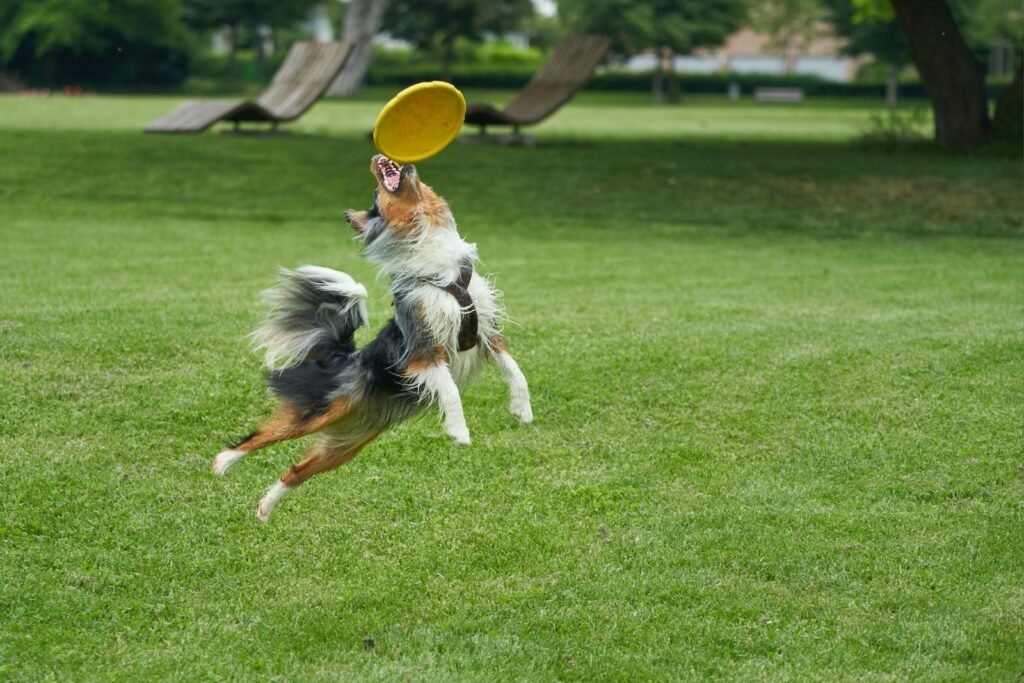
Jumping is a common behavior in dogs that can be troublesome when it happens unexpectedly. There are several causes of jumping, and some depend on the individual dog’s personality, training history and lifestyle. Some common sources of excitement for dogs include people, other animals, movement, noise and smells.
To prevent your dog from jumping on people, start by understanding what causes them to jump. Dogs that are Excited:
Some breeds of dogs are more likely to jump than others. Some Examples Are Bulldogs, Boxers, Rottweilers and Cocker Spaniels
The following is a list of things that may cause an excited dog to leap into the air:
- Hearing something exciting or unfamiliar (outside noises)
- Seeing someone they’re attracted to (a person – especially if the person is walking or biking – or another animal)
- Feeling movements or vibrations (something moving outside)
- Smells that stimulate their hunting instincts (like meat cooking)
- Exposure to stress or danger in general (being left alone too much, travelling in a car with strangers)
To reduce the chances of your dog jumping on people:
- Confine your pet as much as possible when there’s potential for them to become aroused (for example, keep them in a small room instead of letting them roam freely during thunderstorms). This will help control their environment and limit opportunities for stimulation.
- Keep their living space clean -pet hair, vacuum cleaner dust, etc.- and tidy. This will help to eliminate potential sources of stimulation and make it less likely that they’ll become excited.
- Make sure they have plenty of opportunities for exercise – at least two or three hours a day if possible- and socialization ( interacting with people and other animals). These activities will help keep them mentally and physically excited and engaged.
- Use positive reinforcement – such as getting down on the floor with your dog to give them a tummy rub- when they’re behaving calmly. Doing this will help to reinforce good behavior and reduce the chances that they’ll become excited in the first place.
To prevent jumping on other people or animals:
- Confine your pet as much as possible when there’s potential for them to become aroused (for example, keep them in a small room instead of letting them roam freely during thunderstorms). This will help control their environment and limit opportunities for stimulation.
- Make sure they have plenty of opportunities for exercise – at least two or three hours a day if possible- and socialization ( interacting with people and other animals). These activities will help keep them mentally and physically excited and engaged.
- Use positive reinforcement – such as getting down on the floor with your dog to give them a tummy rub- when they’re behaving calmly. Doing this will help to reinforce good behavior and reduce the chances that they’ll become excited in the first place.
Prevention Tips for Training Your Dog Not to Jump
Training your dog not to jump is a process that starts with understanding why they might jump and how to address those specific behaviors. The three most common reasons dogs jump are1) They’re scared or anxious;2) They want attention;3) They feel threatened. Here are some prevention tips for training your dog not to jump:
- Address your dog’s underlying psychology and emotions first. If they’re scared or anxious, work to eliminate the source of their fear or anxiety. This could involve things like counterconditioning ( teaching them that things that used to make them anxious aren’t as scary once they no longer associate them with an upset event), desensitizing (learing your dog to associate positive experiences, such as being in the company of people they trust, with situations that initially made them fearful), and crating (gagging appliances, spraying a kitty- litter box with water, or providing toys that can’t be thrown). If all else fails and your dog still jumps out of fear or anxiety, consider boarding him for a period of time until the problem resolves itself.
- Keep attention in focus by never engaging in puppy play when there’s someone else around – this includes playing catch and engaging in any other games where Puppy Jumps are common. Trying to “teach” Puppy Jumps may only confirm that jumping is something he enjoys, leading him to do it more often in order to get your attention. And don’t give your dog attention when he’s jumping – this will only encourage him to do it more. Instead, redirect your dog’s attention to you or another person who is calm and non-confrontational.
- If a specific situation makes your dog feel anxious or scared, be prepared to address that issue head on by creating a positive reinforcement plan for the behavior you want to see exhibited. For instance, if you want your dog to stop jumping when greeting guests, make sure you have treats and toys available when they first arrive and reward them for not jumping. Over time, as your dog becomes more and more desensitized to the sounds and sights of guests arriving, you can gradually reduce the amount of rewards given for good behavior.
Conclusion
If you are looking to train your dog not to jump on people, there are a few things that you can do. First, make sure that you have established good leadership with your dog. This means that you must be the one in control and set the example for how jumping is appropriate behavior. If your dog sees you jumping on people, they may begin to copy this behavior. You also need to teach them what calming signals mean. When they see the signal of being petted or getting a treat, they should know that it is okay to stop jumping on people. Be consistent with these teachings and rewards so that your dog understands them well. Finally, create a safe environment for everyone in the home by crate training your dog when necessary and installing railings or bars around furniture where dogs can’t climb up onto them. With these steps, you will be able to train your dog not to jump on people safely and effectively
